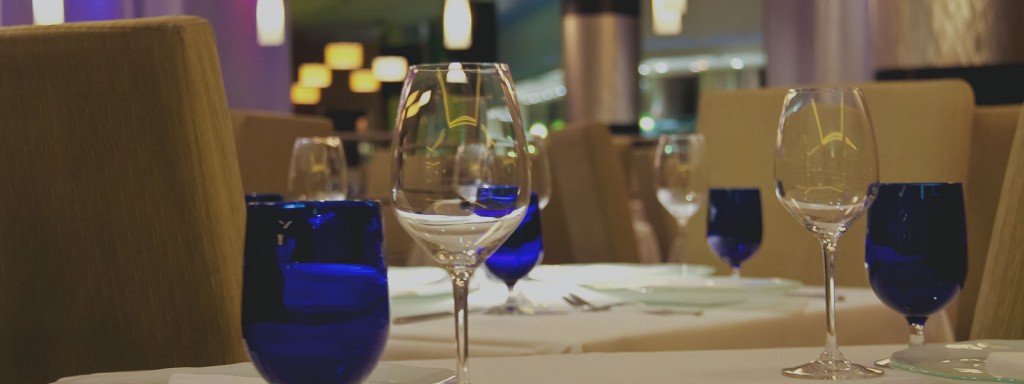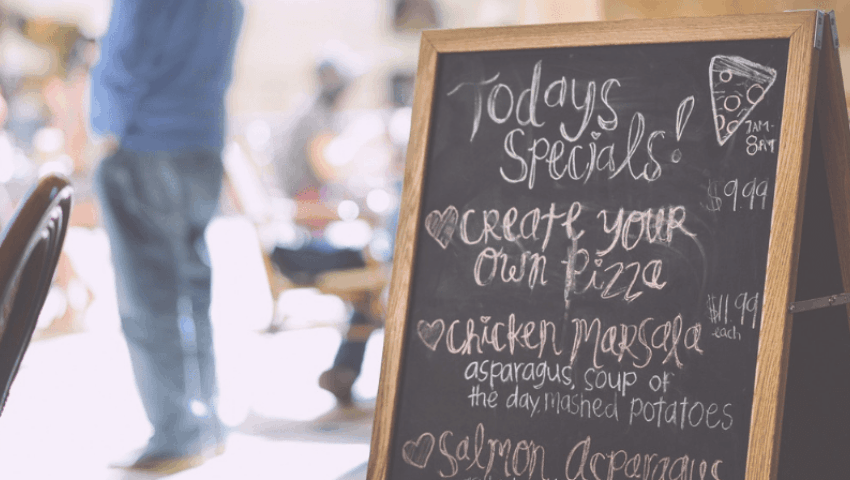Menu Pricing: Getting the Food and Drinks Pricing Right: The Difference Between Succeeding and Going Under
Yes, having good quality food and drinks is the key to success, but so is the pricing.
Think about influential restaurateur Barbara Lynch for instance. She credits the opening of her second and third restaurants to learning about profit, loss, and pricing from her sous chef who had a business education.
What you need to remember is that your restaurant might cook five-star quality food and even have the reservations to back it up, but if the pricing is wrong then a loss is the guaranteed end result. Consider these three tips as they will help you get started with food and drinks cost controls.
1. Always Be On the Lookout for Better Prices
Loyalty to your current suppliers is good, but once in a while it’s prudent to shop around for better prices. While a current vendor might have the best prices for tomatoes, they might not have the best prices for potatoes. Shopping around for a vendor with the best prices for potatoes will ensure you get the best possible price for both items. Also, never be afraid to renegotiate with current supplier depending on the varying nature of wholesale prices.
2. Ensure Your Portion Sizes Are Consistent
A lot of successful chain restaurants admit that part of the success is dependent on setting very strict portion sizes. Precise scaling and measuring cups should be used when making the various dishes and the serving plates, and glasses should be of equal volume. When you have an exact figure of what went into each dish, then it’s easy to calculate and maintain the profit.
3. Have an Idea of the Formula Commonly Used to Calculate Prices
For drinks, first summarize the ingredients used to make a particular drink and their exact portions. For instance, a certain drink A might require 0.03L of ingredient X and 0.1L of ingredient Y. If 1L of ingredient X costs $20, then you can calculate the cost of 0.03L. Do the same for ingredient Y depending on its price per Liter. Finally, add your result and then multiply by four or five to get the advisable price of your drink. You might decide to price the drink differently, but having an idea of this formula will give you a starting point.
Final Thoughts
A healthy and profitable restaurant should generate 28% to 35% of food costs. Examine your restaurant, and if you find that this is not the case, it’s time to do something about it.
For menu pricing, and food cost consulting contact TRG.





